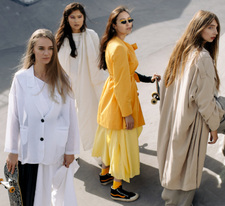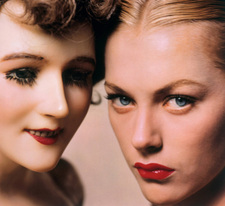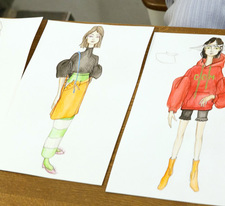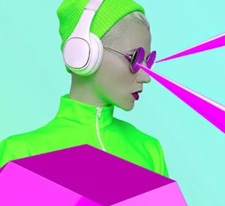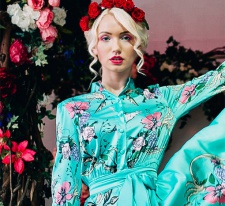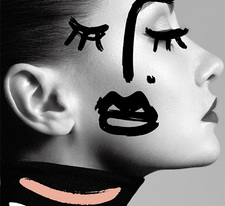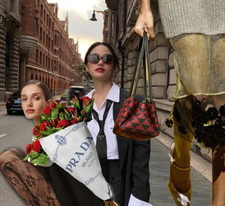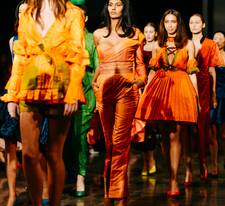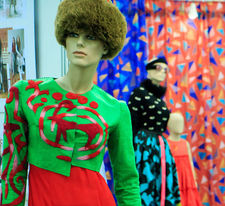A new era of fashion photography
We have already told you about is the currents of fashionotographand, in this article we talked in detail about innovators, people who went against the established traditions of the last century, and new discoveries of types of shooting. Times are passing, nothing stands still, and fashion photography, among other things, continues its development in the new century.
The 2000s were a turning point in the world of fashion photography. The digital revolution and the advent of social media have completely changed the industry, giving rise to new aesthetics and technologies.
One of the key trends of the 2000s was the emphasis on glamorous, polished shots. Photographers such as Mario Testino and Steven Meisel set the tone for this new aesthetic, betting on beauty, luxury and the idealized world of high fashion.
Stephen Meisel's famous photograph of Stella Tennant perfectly reflects the spirit of fashion in the 2000s. In this picture, Tennant appears as a strong, androgynous figure with piercing eyes. Dramatic shadows and contrast create a powerful atmosphere, and Tennant's facial expression is both stoic and sensual.
This photo is a vivid example of the bold and exciting style of fashion photography of the 2000s, demonstrating the beauty and strength of its heroine in an amazing frame.
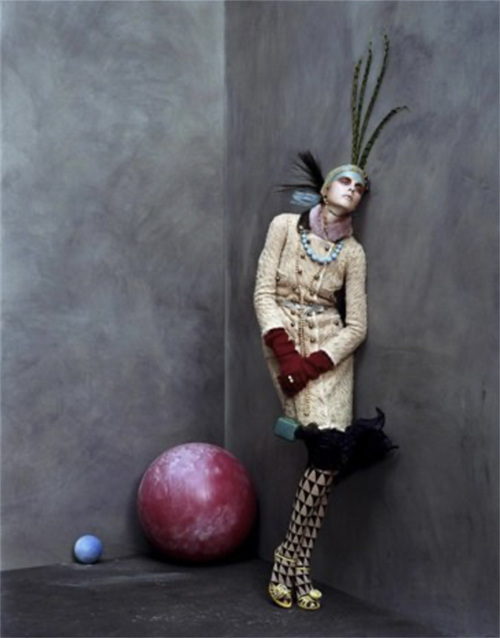
Stella Tennant, American Vogue, October 2003, Photographer Steven Meisel
At this time, photo postprocessing played an increasingly important role. Digital technologies have provided photographers with unprecedented opportunities to manipulate images, creating surreal and fantastic works that break stereotypes about reality. Annie Leibovitz and David LaChapelle are vivid examples of masters who used post—processing to create visually stunning images that captured the hearts of the audience.
The advent of digital cameras has opened up new horizons for photographers such as Arthur Belbo and Kenneth Willardt. They experimented with saturated colors, sharp contrasts, the play of light and shadow, creating mesmerizing images brought to the limit of hyperrealism. Their works glorify artificiality and exaggeration, creating a unique aesthetic.
This photo (left) has a powerful visual force due to the contrast of colors and an almost surreal appearance. It is a vivid example of the trend of that time towards the use of saturated colors and catchy compositions. In the 2000s, the focus on visual images in social networks and online publications increased dramatically, which reflected the popularity of photography as a means of communication. This photo can be considered an illustration of this trend, demonstrating the ability of photography to attract attention and convey information visually.
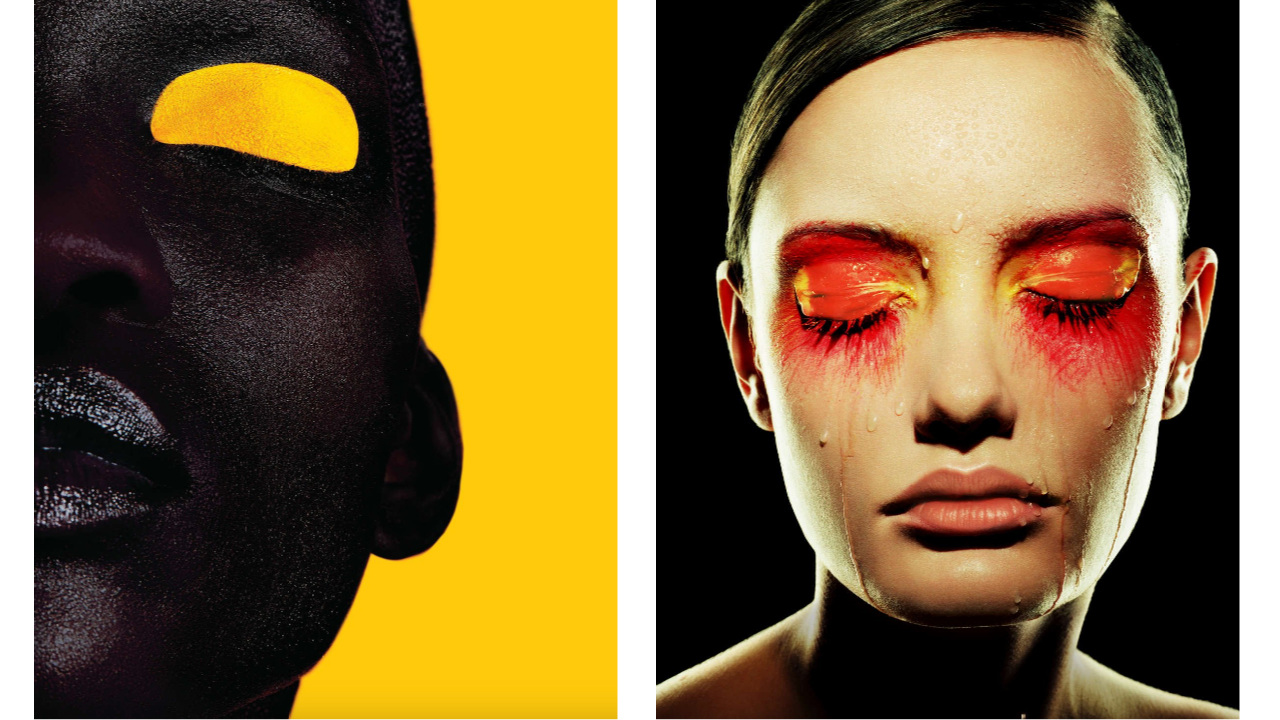
The mesmerizing image (right), created in the early 2000s by photographer Kenneth Willardt in collaboration with makeup artist Rebecca Summers, is imbued with deep sadness that permeates the entire composition. The saturated, deep colors of the painting evoke a sense of melancholy, and the artfully placed light accents give the image a surreal shade. The emotional expressiveness of photography stirs the soul, forcing the viewer to plunge into a whirlpool of complex and contradictory feelings.
In addition to aesthetic changes, the 2000s in fashion photography were marked by increased awareness of the industry's impact on society and the environment.
Many photographers of that time began to integrate ethical and eco-friendly practices into their work, making it more social. A striking example is the work of Jurgen Teller, whose works glorified individuality and beauty in all its diversity, contrasting themselves with the dominant trend in the industry towards the unification of standards. Teller's casual, seemingly casual shots reflect the true beauty of his models.
One of his most famous works is a portrait of supermodel Kate Moss with pink hair, where the photographer masterfully captures her unique personality.
A direct approach and a commitment to honesty both towards oneself and the subject are the hallmarks of Teller's style.
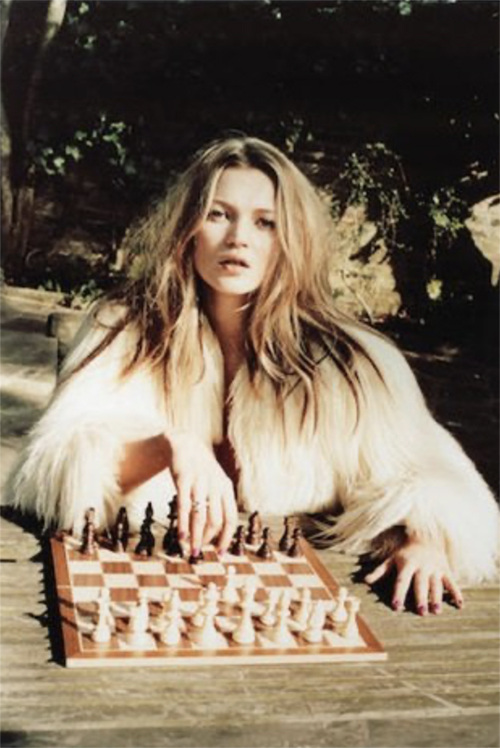
Making a Move, London 2003 Photographer Jurgen Teller
Fashion of the 2000s: transformation and influence
The 2000s were a turning point in the history of fashion photography. The digital revolution, the changing aesthetic trends and the growing attention to ethical issues in the industry have all led to profound changes in this area.
Nick Knight: the rebel who became a trendsetter
Nick Knight, whose career began with the rebellious photo book "Skinheads" in 1982, broke into the fashion world while still a student. Knight's unusual look quickly attracted the attention of i-D magazine, as well as fashion icons such as Yohi Yamamoto and Peter Saville.
Today he is a sought—after photographer who creates advertising campaigns for such giants as Alexander McQueen, Calvin Klein, Christian Dior, Jil Sander, Lancôme, Levi Strauss, Yves Saint Laurent and many others. Knight's work has been exhibited all over the world, and in 2010 he was awarded the title of Officer of the Order of the British Empire.
But Knight's innovation is not limited to photography. In 2000, he launched SHOWstudio.com — a revolutionary website dedicated to fashion and avant-garde creativity. SHOWstudio has become a real breakthrough in the fashion world, offering experimental content and attracting the most talented and influential people in the industry.
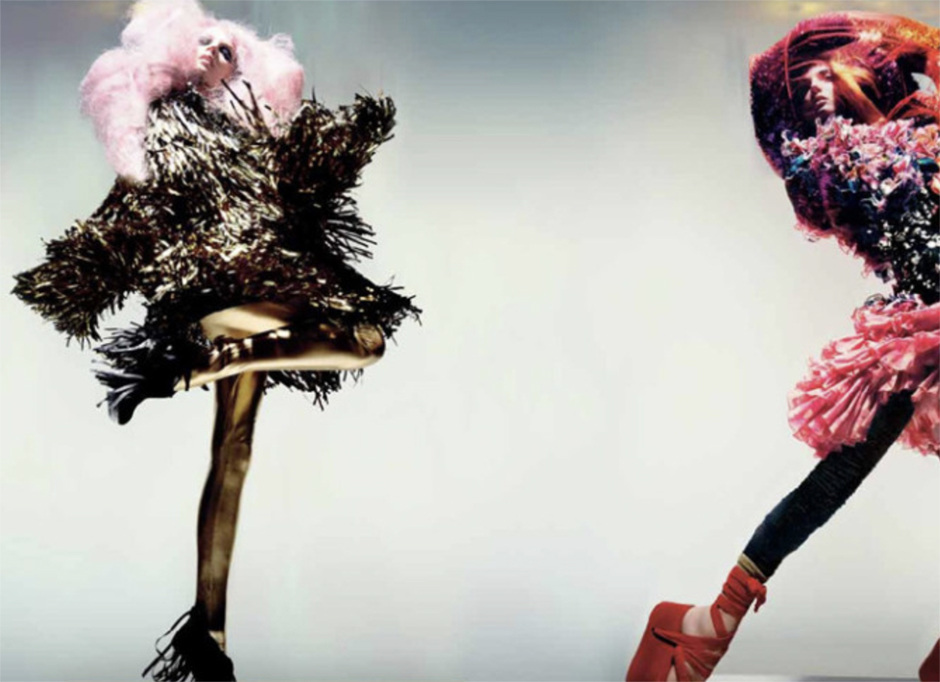
Ines van Lamswerde and Vinoodh Matadin have been unstoppable since they joined forces in 1986. Their talent was noticed by the fashion world after they created successful art projects together, in particular for Lawina, MoMA PS1 and BLVD Magazine. They challenged, reinvented and rejuvenated fashion photography, receiving countless awards for their work with Vogue, Paris Vogue, Vogue Italia, W, Visionaire, Vanity Fair, Harper's Bazaar, L'Uomo Vogue, Interview and others. They also carried out cult campaigns for the houses of Yves Saint Laurent, Balmain, Nina Ricci, Jean-Paul Gaultier, Isabel Marant, Giuseppe Zanotti, Lanvin Homme, Miu Miu, Balenciaga, Givenchy and others. Their legacy still lies in being pioneers in digital photography and creating their own style in the world of fashion photography.

Fashion in the digital age: new rules of the game
In the 2000s, the fashion world was overwhelmed by a wave of changes. The digital revolution and the rise of social media have dramatically changed the course of fashion photography.
Glossy magazines, once all-powerful, lost 16% of advertising pages, giving way to new players. Facebook Instagram and blogs have rapidly burst into people's lives, becoming an integral part of it.
In this new reality, fashion photographers had to adapt. Today, their task is not just to create beautiful pictures, but also to generate visual content that will resonate with the audience on social networks.
Photos that are attractive to subscribers not only increase brand awareness, but also stimulate sales.
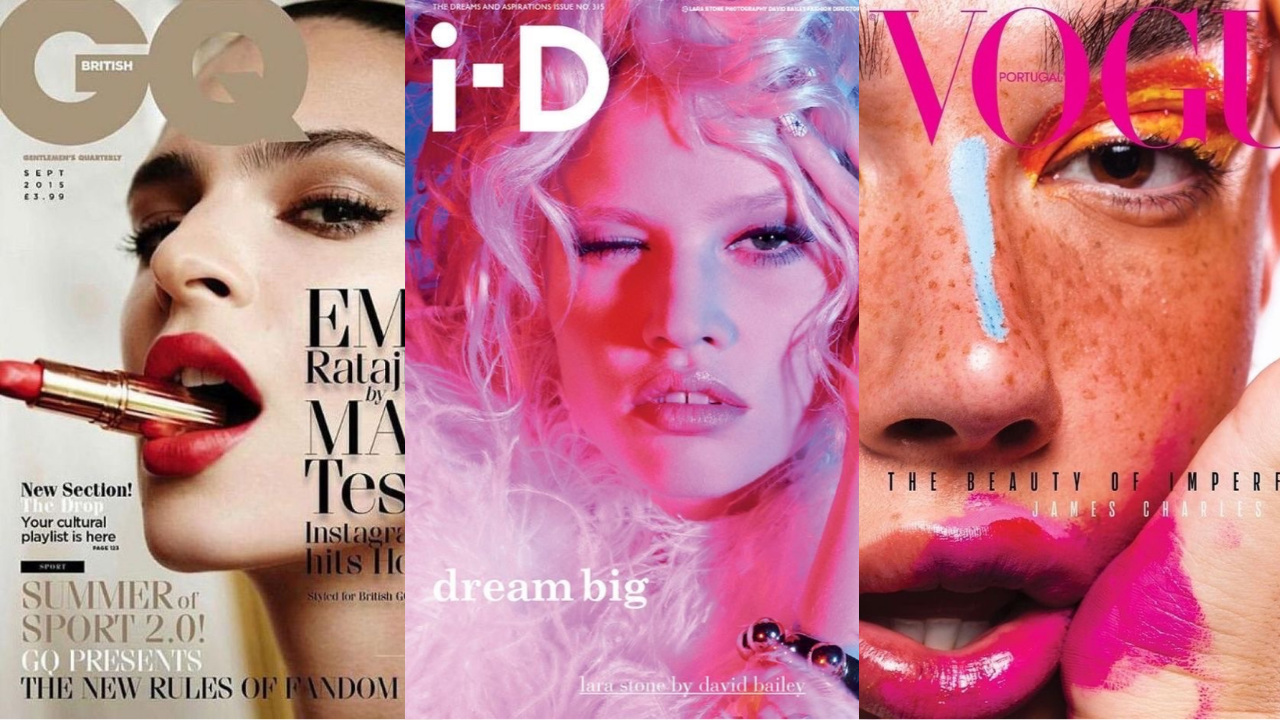
Terry Richardson: provocateur with a camera
Terry Richardson is a name that has become synonymous with not just fashion photography, but perhaps the entire genre. His past as a bass guitarist in a punk rock band foreshadowed a completely different fate than a career as a photographer, following in the footsteps of his famous father. But he made his choice, and he made it incredibly successfully.
Richardson's style has always been exciting: provocative, sexy, at times bordering on outrageous. Some critics praised him for bringing dampness and authenticity back to fashion photography, while others accused him of being too outspoken.
Richardson's portfolio is not limited to fashion photography. He collaborated with such giants as Marc Jacobs, Aldo, Supreme, Tom Ford, Yves Saint Laurent, Valentino, creating high-profile advertising campaigns for them.
Covers and spreads of his authorship decorated the pages of GQ, Vogue, Vanity Fair, i-D, Vice, Harper's Bazaar, Dazed and Confused and many other publications.
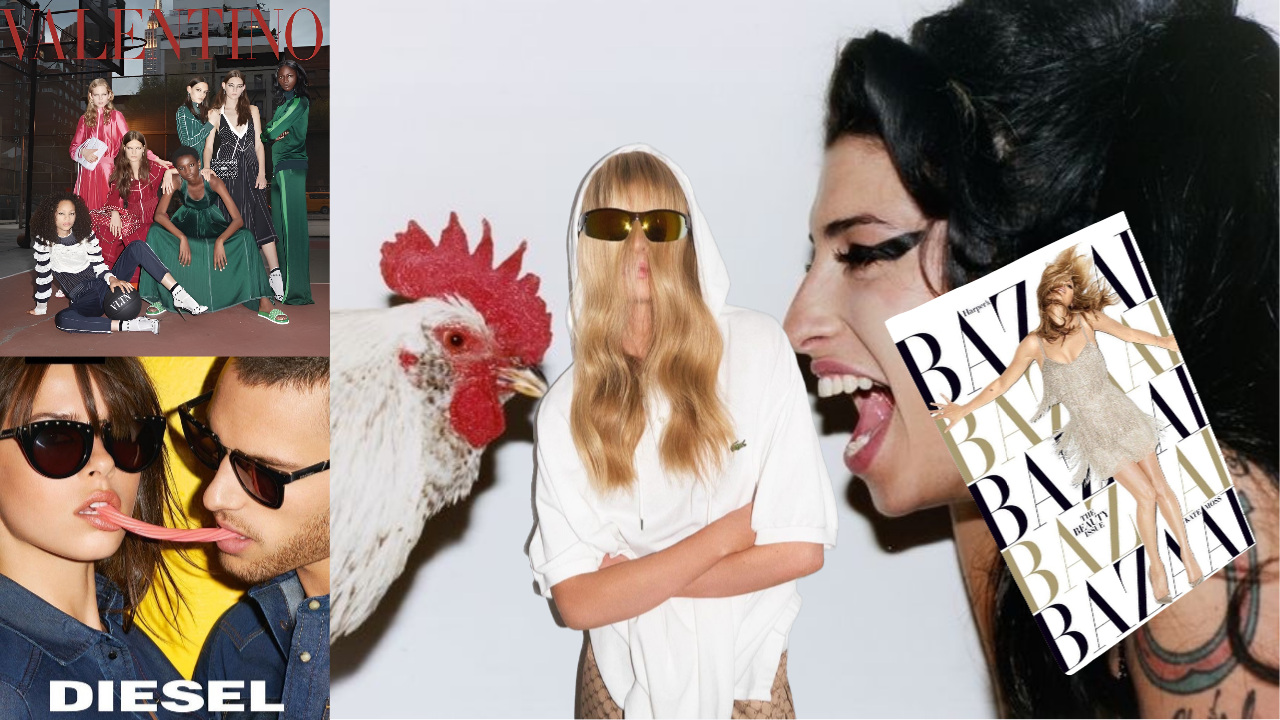
The works of Terry Richardson 2014-2019.
The world of fashion photography is in constant motion, responding sensitively to changes in society, the fashion industry and technology.
Multimedia continues to dominate, requiring photographers to constantly master new skills. The combination of photos and videos is the key to success in the future. The virtuoso mastery of mixed light and perfect brightness lighting become fundamental. Minimalism is fading into the background.
Apart from the technical aspects, the trend towards authenticity is gaining momentum. People are tired of glossy ideals and want to see live emotions and real people in pictures in which they can recognize themselves.
Fashion photography is a complex art where creativity, technical knowledge and a business approach are intertwined. Development in this field requires not only talent, but also constant improvement.
Do you want to keep up to date with the main events in the fashion industry and brand news?


